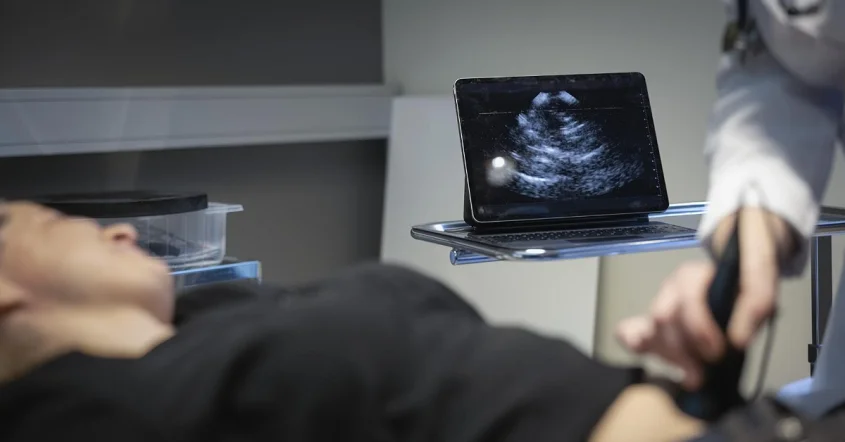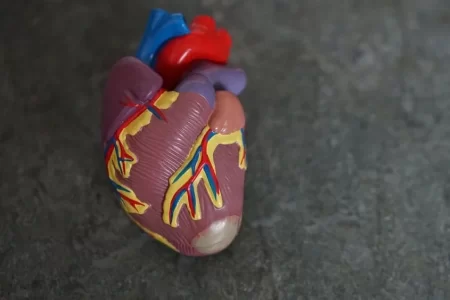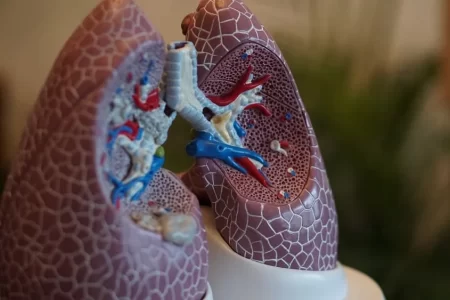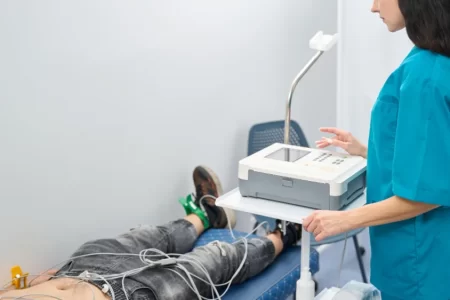ICD-10 Code for Ovarian Cyst: Understanding N83.29
- Updated on: Feb 29, 2024
- 3 min Read
- Published on Sep 6, 2023

Understanding Ovarian Cysts
Ovarian cysts are sacs filled with fluid that develop inside or outside of the ovaries. These cysts can vary in size, ranging from as small as a pea to larger than a grapefruit. While most ovarian cysts are benign and resolve on their own, some may cause discomfort or lead to more severe health issues.
Types of Ovarian Cysts
- Functional Cysts: These are the most common type of ovarian cysts and often occur as a part of the menstrual cycle. They include:
- Follicular cysts
- Corpus luteum cysts
- Dermoid Cysts: These cysts are formed from embryonic cells and can contain tissues such as hair, skin, or even teeth.
- Cystadenomas: These cysts develop on the surface of an ovary and are often filled with a watery or mucous-like fluid.
- Endometriomas: Also known as chocolate cysts, these cysts form when endometrial tissue grows outside the uterus and attaches to the ovaries.
- Polycystic Ovary Syndrome (PCOS): While not true cysts, PCOS involves the presence of multiple small follicles within the ovaries and can result in irregular menstrual cycles and hormonal imbalances.
Diagnosis and Importance of ICD-10 Code
Accurate diagnosis of ovarian cysts is vital for effective treatment and insurance claims. The ICD-10 code is used in this situation. The International Classification of Diseases, 10th Edition (ICD-10), provides a standardized system for medical professionals to code various diagnoses and procedures accurately.
ICD-10 Code for Ovarian Cysts
The specific ICD-10 code for ovarian cysts is N83.29. This code is used to indicate the presence of other ovarian cysts, aside from those categorized under specific codes, such as dermoid cysts (N83.20) or endometriomas (N83.21).
Importance in Medical Records
Incorporating the ICD-10 code for ovarian cysts into a patient’s medical record is crucial for several reasons:
- Accurate Billing: Medical facilities use these codes to bill insurance companies accurately for the services rendered during diagnosis and treatment.
- Statistical Analysis: Health organizations and researchers rely on these codes to compile statistical data, enabling them to monitor trends, track disease prevalence, and allocate resources efficiently.
- Clinical Decision-Making: Physicians utilize these codes as part of the diagnostic process, aiding in the formulation of treatment plans.
Symptoms and Diagnosis
Common Symptoms
Identifying the symptoms of ovarian cysts is essential for early detection and intervention. While some cysts may remain asymptomatic, others can lead to:
- Pelvic Pain: Pelvic pain is one of the most frequently reported symptoms. It may be experienced as a dull, aching sensation or sharp, intermittent pain in the lower abdomen. The pain can be localized to one side if the cyst is present on a single ovary.
- Bloating: Some individuals with ovarian cysts may notice abdominal bloating. This sensation of fullness or abdominal swelling can be discomforting and is often associated with larger cysts.
- Abdominal Discomfort: Similar to pelvic pain, abdominal discomfort or a feeling of pressure in the abdomen may occur. This discomfort can range from mild to severe, depending on the size and type of the cyst.
- Changes in Menstrual Cycles: Ovarian cysts can affect menstrual patterns. Some women may experience irregular periods, heavier or lighter bleeding, or changes in the duration of their menstrual cycles.
- Frequent Urination: In cases where the cyst exerts pressure on the bladder, frequent urination may be a symptom. This occurs as the cyst can irritate or compress the bladder, leading to a frequent need to urinate.
Diagnostic Methods
- Ultrasound: A pelvic ultrasound is the most common diagnostic tool used to visualize ovarian cysts. It helps determine the cyst’s size, location, and characteristics.
- Blood Tests: Blood tests can measure specific hormones that may be associated with ovarian cysts, such as CA-125.
- MRI or CT Scan: In some cases, advanced imaging techniques like MRI or CT scans may be required for a more detailed assessment.
- Laparoscopy: In complex cases, a minimally invasive surgical procedure called laparoscopy may be necessary to both diagnose and treat ovarian cysts.
Treatment Options
The approach to treating ovarian cysts depends on various factors, including the cyst’s size, type, and the patient’s age and symptoms. Treatment options may include:
- Watchful Waiting: If the cyst is small and asymptomatic, the doctor may recommend regular monitoring to observe any changes.
- Medications: Hormonal birth control pills may be prescribed to regulate the menstrual cycle and prevent new cysts from forming.
- Surgery: Surgical removal of the cyst may be necessary for larger or painful cysts, as well as for cases where cancer is suspected.
In conclusion, understanding the ICD-10 code for ovarian cysts is crucial for both medical professionals and patients. This code facilitates accurate diagnosis, billing, and statistical analysis, ultimately leading to better patient care and outcomes. If you suspect you may have ovarian cysts or are experiencing symptoms, consult a healthcare professional promptly for proper evaluation and treatment.












